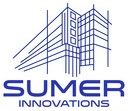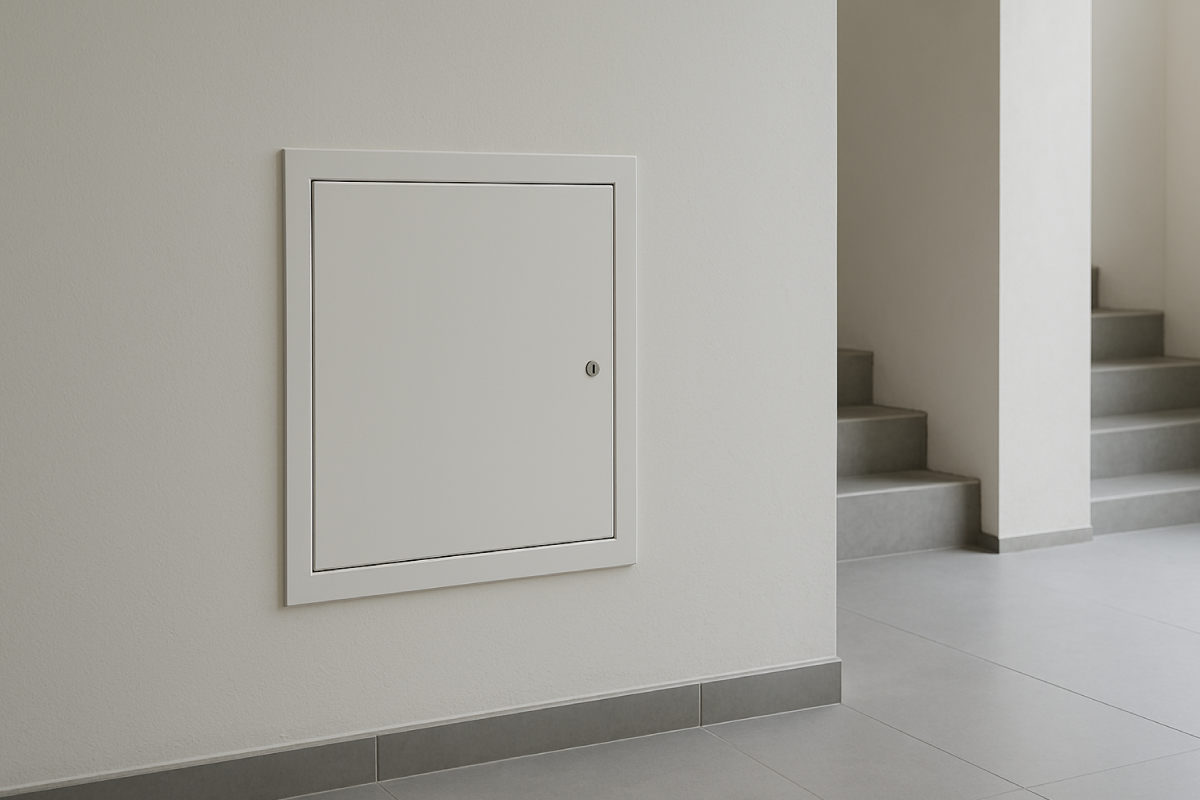General-purpose access doors often go unnoticed in modern building design. These access solutions may not be flashy, but they are integral to commercial, residential, and industrial construction. These doors provide entry points to crucial systems like plumbing, electrical wiring, and HVAC units, making maintenance easier while keeping unsightly panels hidden.
Why General-Purpose Access Doors Are Essential in Modern Buildings
Modern buildings rely on a network of mechanical, electrical, and plumbing systems to function well. These systems often need regular maintenance; access solutions make that possible without tearing down walls or ceilings. Here’s why they matter:
- Easy Maintenance: Technicians can reach pipes, wires, and ducts without unnecessary and extensive demolition.
- Compliance With Building Codes: Many buildings require emergency access panels for fire suppression systems or electrical shutoffs.
- Damage Prevention: Instead of ripping into drywall or concrete, maintenance crews use pre-installed access doors, saving time and money.
- Energy Efficiency: High-quality access doors provide airtight seals, preventing heat loss and improving insulation.
- Security: Lockable options keep unauthorized personnel away from sensitive areas.
- Streamlined Operations: Access doors allow for discreet maintenance without disrupting daily operations in commercial spaces like offices or hotels.
Some general-purpose access doors are fire-rated, helping contain flames and smoke for a certain period during emergencies. They help maintain a smoke-free environment for emergency response and evacuation.
Beyond function, access doors also contribute to aesthetics. Instead of exposed service panels, builders can install flush-mounted, paintable doors that seamlessly blend into walls and ceilings.
Evolution of Access Doors in Building Design
In the past, access doors were purely functional. They were often made of metal or wood, bulky, and difficult to integrate into a building’s design.
Over time, manufacturers developed sleeker and more versatile options, such as recessed access panels that can take in tiles or carpets to become virtually invisible when set against similar backdrops.
Originally, access doors were mainly used in factories, large-scale mechanical rooms, and industrial facilities. They eventually found their way into offices, hotels, and homes as maintenance needs grew.
Design Flexibility and Aesthetic Integration
Today, modern access doors are designed for both efficiency and aesthetics, allowing builders to maintain clean, stylish spaces without sacrificing overall performance. These doors are no longer an eyesore, thanks to advances in customization. Builders can now install doors that blend seamlessly into walls and ceilings. Some features include:
- Variety of Finishes: Paint-ready doors match any color scheme, while textured doors complement a variety of surrounding materials.
- Flush-Mount Installation: Many access solutions are now designed to sit flush with the wall, rendering them virtually invisible to the naked eye.
- Customization Options: Builders can order custom access doors in various dimensions, materials, and hardware to fit specific project needs.
Contractors working on modern projects appreciate these improvements because they allow easy maintenance access without disrupting visual harmony and design integrity.
High-Performance Features
Not all access doors are the same—some have specialized features that enhance their functionality. Here are a few high-performance options:
- Fire-Rated Doors: As mentioned earlier, these doors can withstand high temperatures and assist in preventing the spread of flames in a fire for a certain period, depending on their fire rating.
- Insulated Doors: Insulated models help maintain indoor temperatures, making them ideal for energy-efficient buildings. Many designers and builders working on green building projects typically use these types of doors to help them accumulate points for LEED certification.
- Airtight and Watertight Options: These doors help prevent air or liquid leaks in medical, laboratory, and other clean-environment settings.
- Security Access Doors: Designed for areas that require restricted access, these doors come with reinforced materials and advanced locking mechanisms to protect sensitive equipment or confidential spaces.
Applications in Innovative Building Projects
Access doors serve different purposes depending on the type of project. Here are some examples:
- Residential Homes: Homeowners prefer hidden panels for HVAC and electrical systems, ensuring a clean, modern look.
- Commercial Buildings: Office spaces and retail stores require discreet access points for maintenance while maintaining professional yet sleek interiors.
- Industrial Facilities: Factories and warehouses depend on durable, high-performance doors to reach critical machinery and utility systems.
Challenges and Solutions
Despite their advantages, installing access doors also comes with some challenges, such as:
- Balancing Accessibility With Aesthetics: Some clients worry that visible access panels will disrupt the clean look of their interiors.
- Security Concerns: Certain areas, such as data rooms or sensitive mechanical systems, require restricted access to prevent unauthorized entry.
- Complex Installations: Some architectural designs make it difficult to position access doors in a way that ensures both convenience and functionality.
Designers can address these concerns with the following solutions:
- Aesthetic Integration: Choose access doors with concealed hinges, flush-mounted designs, and paintable surfaces to maintain a seamless appearance.
- Security Enhancements: Go for reinforced doors with tamper-resistant locks and heavy-duty materials and hardware to beef up protection in restricted areas.
- Strategic Placement: Collaborate with manufacturers to determine optimal door placement that aligns with both structural requirements and user accessibility.
By addressing these challenges, contractors and designers can ensure access doors serve their intended purpose without compromising a building’s appearance or security.
Wrapping It Up
General-purpose access doors may not be the most talked-about feature in construction, but they are essential in modern building design. They provide maintenance access, improve efficiency, enhance safety, and blend seamlessly into architectural layouts.
Whether working on a residential home, commercial space, or industrial project, contractors and builders should consider high-performance access doors an indispensable part of their designs.





